Equipment
The future of iron shafts is graphite

For me, the process to accept the superiority of graphite has not been easy. Like many GolfWRX readers, I grew up with a clear goal—become an elite player. A rite of passage on this journey, was when you finally had enough speed to get True Temper Dynamic Gold X100 shafts in your blade irons.
I remember the day well. I also remember not having much difference in performance after making the change. Instead, the only real difference I experience was a lack of feel (which many describe as “boardiness”).
I was a victim of a bogus narrative, but as I have gotten older, I have also gotten smarter. I have awoken to the truth in 2020: Steel is good, but graphite shafts are the future of golf, especially for irons for the average player.
Let me explain. To understand why graphite is becoming a superior option, you must understand two important inputs of the design and manufacturing of shafts. The first is taper and the second is the thickness of the walls of the shafts. Together these factors combine to influence everything we think we love about steel. However, they are also extremely fixed; you cannot do a lot with the material. That is simply not true for graphite. Instead, graphite gives shaft manufacturers options. Options can result in way better performance for you.
So, what does this mean for you?
Let me share my own experience which started a couple of months ago when I learned that I would be moving from Florida to Denver. I was excited for the change of pace but quickly had questions—how would this impact my set makeup? With some questions in mind, I reached out to an old friend, Gawain Robertson of ACCRA (True Temper). I wanted to know how I could take advantage of the altitude and become the inner bomber I always knew I was!
With Gawain’s expertise, we developed a profile for the shaft that I wanted: something about 85 grams, 3.0 degrees of torque, and higher spin to go with a set of PXG 0211 iron heads. The intent was to create a combination, which was going to be easy to have max peak apex with lower spin, resulting more distance.
So, a set was built: 0211’s with custom ACCRA graphite shafts, 1/2 inch long, 2 degrees flat with Golf Pride New Decade MCC Grips.

As soon as I got to Denver, I was excited to test. I got a bucket, set up my FlightScope and started to smash 6-irons (Bugattis do not need to warm-up). The results? Over 15 shots my numbers where what I wanted, my smash stayed at an average of 1.39 but my peak apex went up from 28 to 33, my clubhead speed up from 86 to 89 mph, but my spin was about the same, hovering around 6,000 RPM, or in plain language 200-yard high, long 6-irons.
Graphite shaft technology is only going to improve, and we are, to use a ball flight term, far from the apex. I believe the future of iron shafts, in general, will be graphite—I know that, in my particular case, I’ll never see the glimmer of steel when I stand over an iron shot again.
- LIKE491
- LEGIT60
- WOW31
- LOL32
- IDHT14
- FLOP22
- OB8
- SHANK149
Whats in the Bag
Peter Malnati’s winning WITB: 2024 Valspar Championship
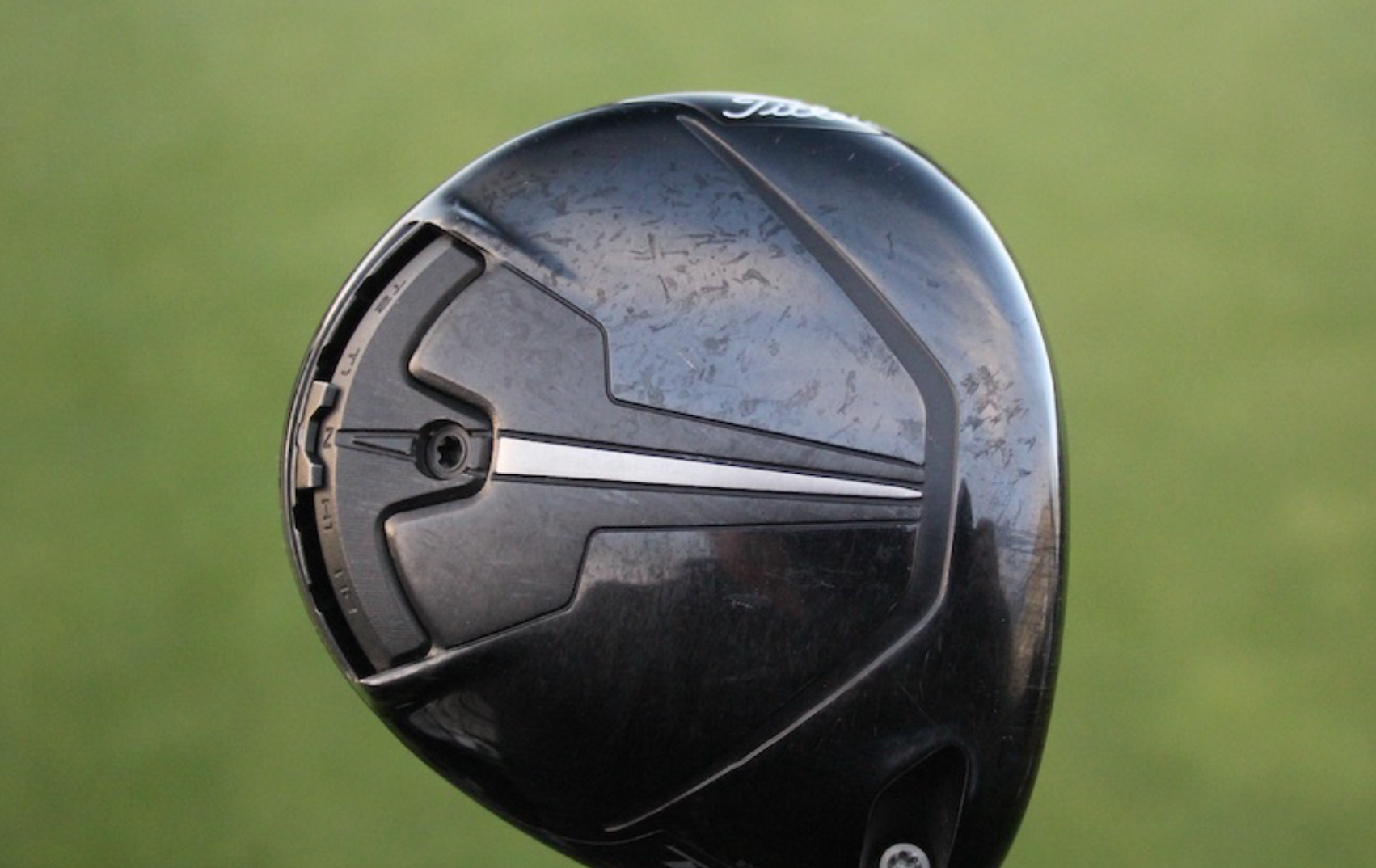
Driver: Titleist TSR3 (10 degrees) Buy here.
Shaft: Project X Denali Blue 60 TX
3-wood: Titleist TSi3 (15 degrees) Buy here.
Shaft: Fujikura Ventus TR Blue 70 X
Hybrid: Titleist 818 H2 (19 degrees) Buy here.
Shaft: Graphite Design Tour AD DI 95 X
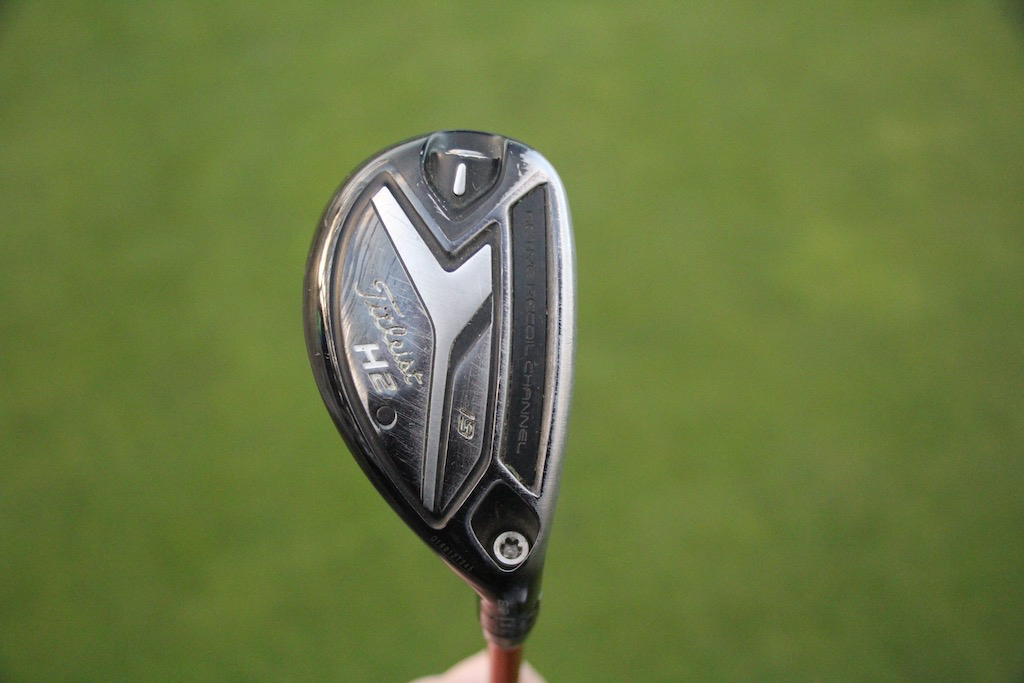
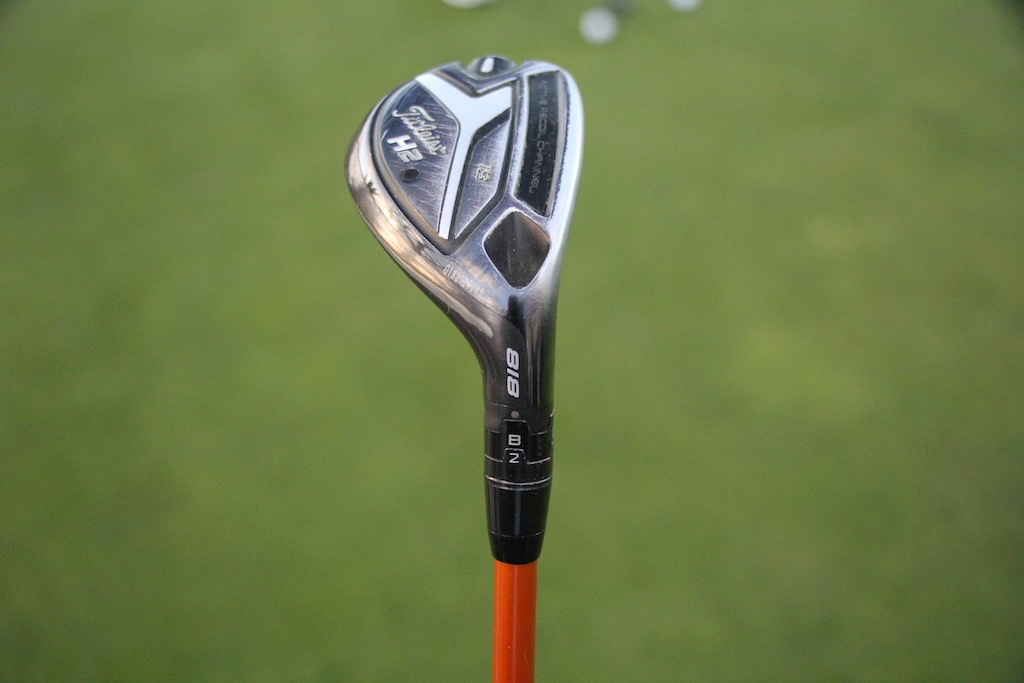
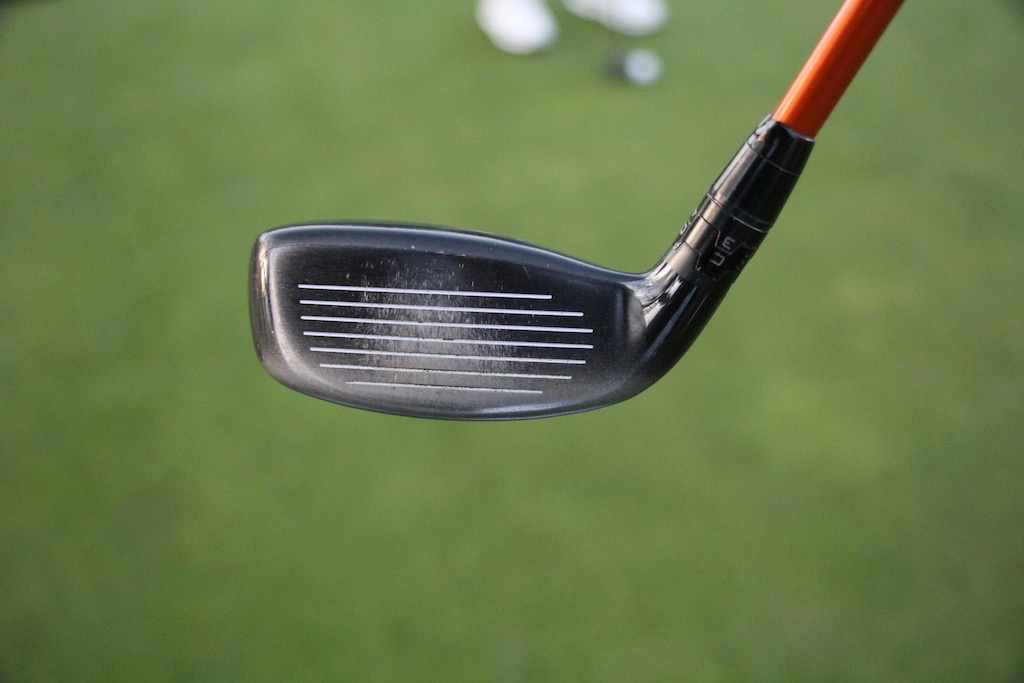
Irons: Titleist T200 (4) Buy here, Titleist T150 (5) Buy here, Titleist T100 (6-9) Buy here.
Shafts: True Temper AMT Tour White S400
Wedges: Titleist Vokey Design SM9 (48-10F, 52-12F, 56-08M, 60-04T @62) Buy here.
Shafts: True Temper Dynamic Gold Tour Issue S400
Putter: Scotty Cameron TourType Special Select Masterful Tour Prototype Buy here.
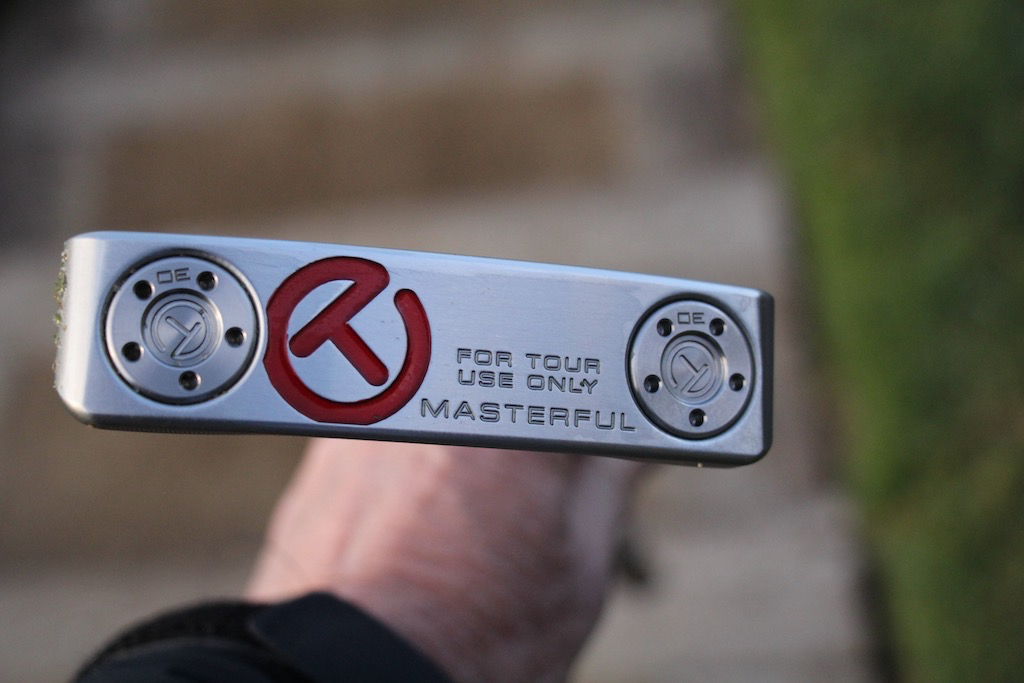
Grips: Golf Pride Tour Velvet
Ball: Titleist Pro V1x Yellow Buy here.

The winning WITB is presented by 2nd Swing Golf. 2nd Swing has more than 100,000 new and pre-swung golf clubs available in six store locations and online. Check them out here.
- LIKE31
- LEGIT2
- WOW1
- LOL0
- IDHT1
- FLOP1
- OB0
- SHANK1
Whats in the Bag
Taylor Montgomery WITB 2024 (March)
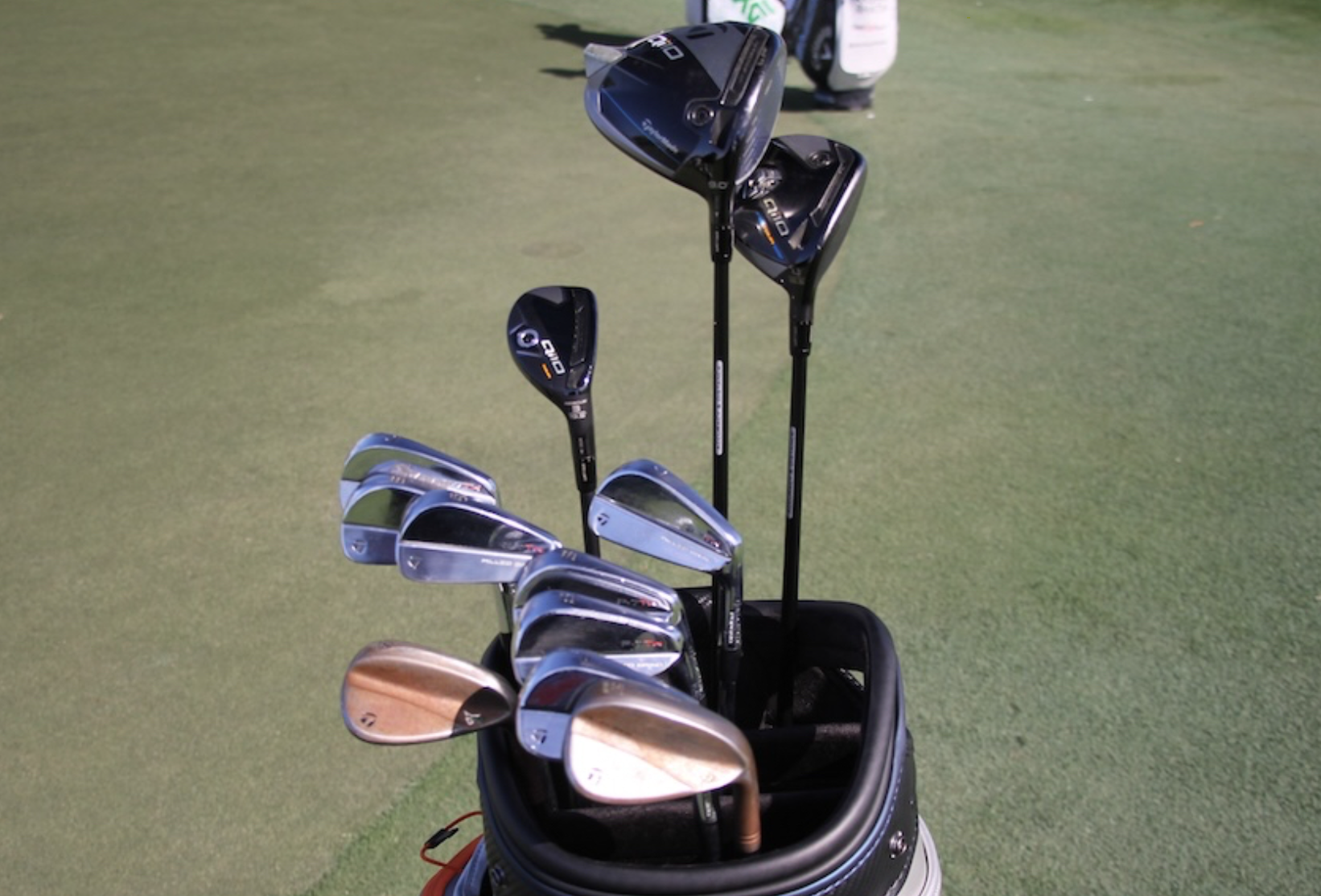
- Taylor Montgomery what’s in the bag accurate as of the Cognizant Classic. Check out more photos from the event here.
Driver: TaylorMade Qi10 (9 degrees)
Shaft: Graphite Design Tour AD VF 7 TX
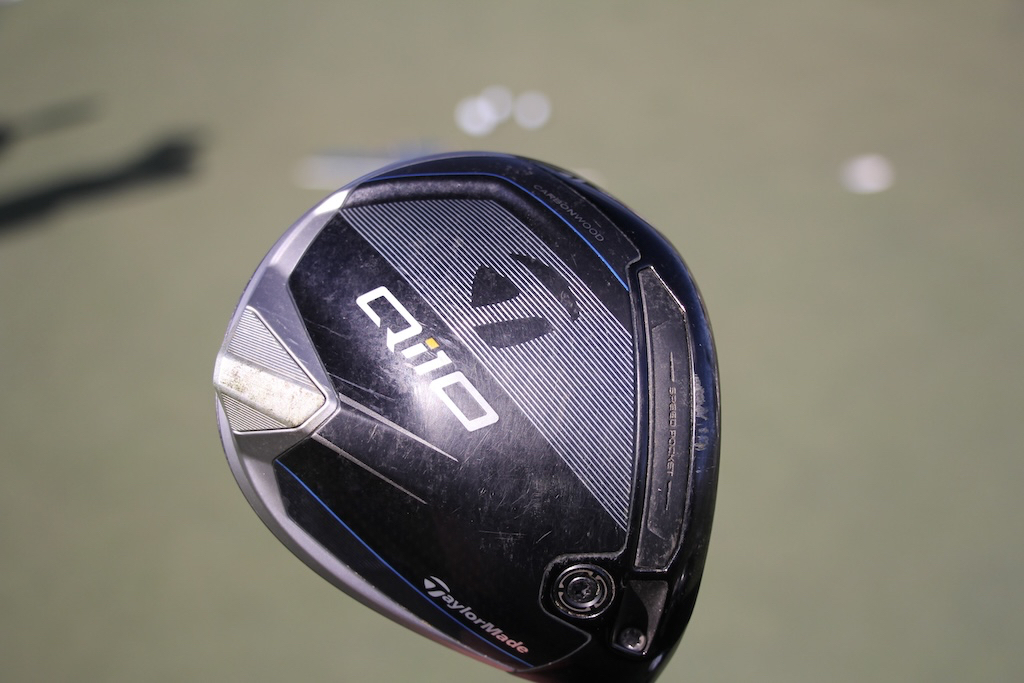
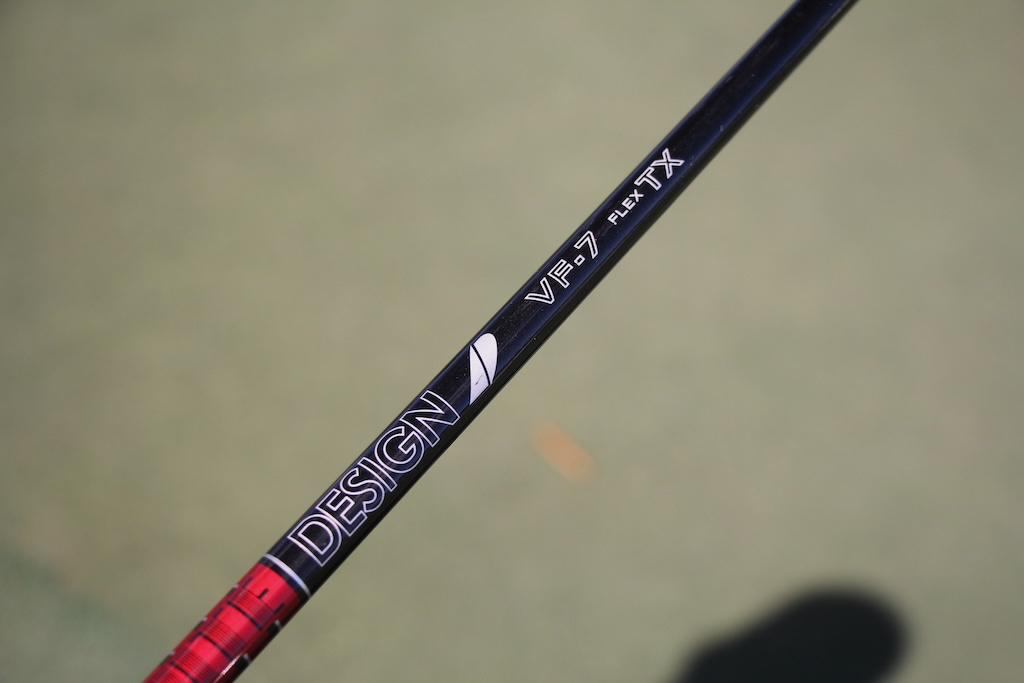
3-wood: TaylorMade Qi10 Tour (15 degrees)
Shaft: Graphite Design Tour AD VF 8 TX
Hybrid: TaylorMade Qi10 Tour (19.5 degrees)
Shaft: Mitsubishi MMT HY 100 TX
Irons: TaylorMade P7TW (4-PW)
Shafts: True Temper Dynamic Gold Tour Issue X100
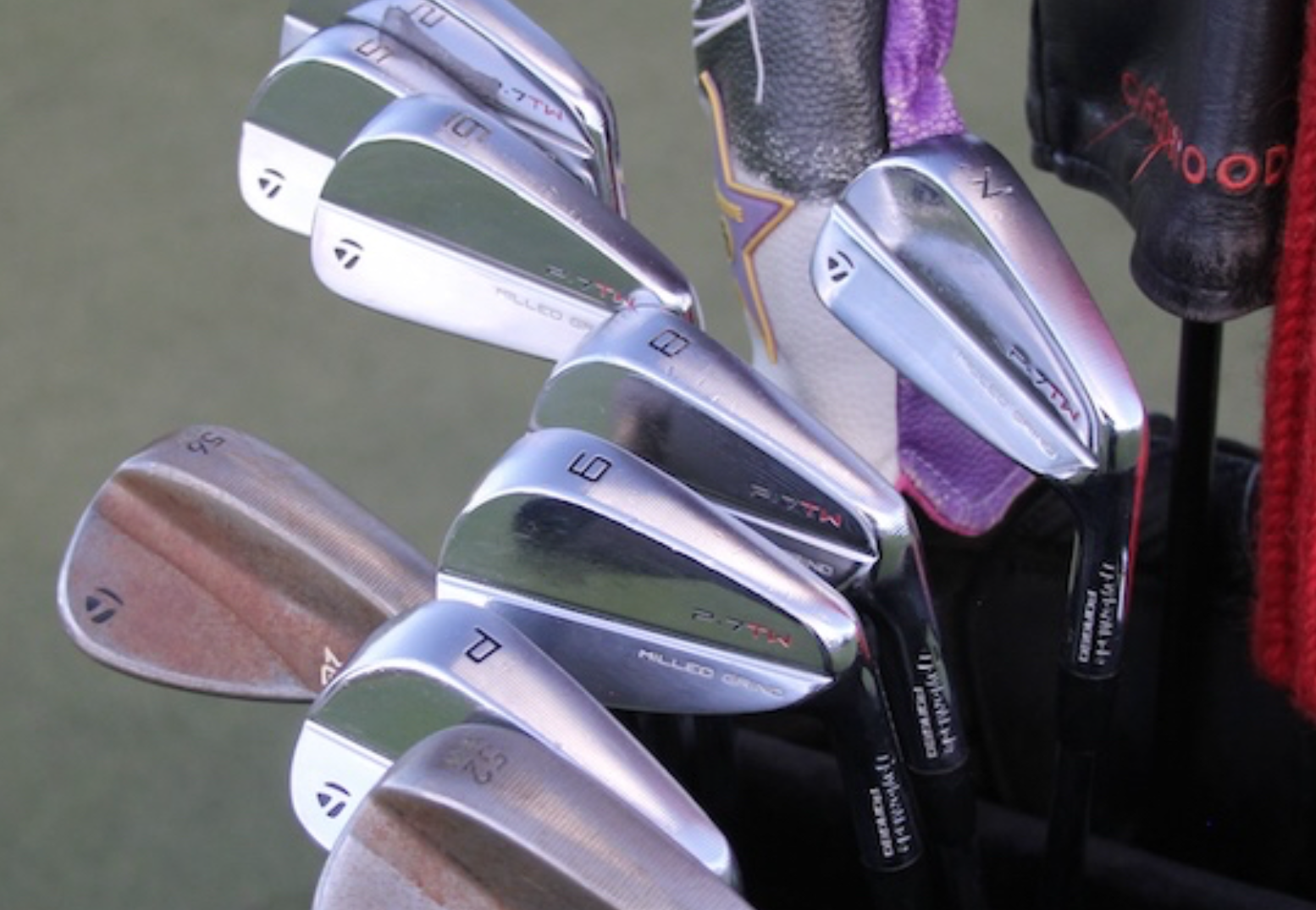
Wedges: TaylorMade MG4 (52-09SB, 56-12SB), Vokey Design WedgeWorks Proto (60-T)
Shafts: True Temper Dynamic Gold Tour Issue X100
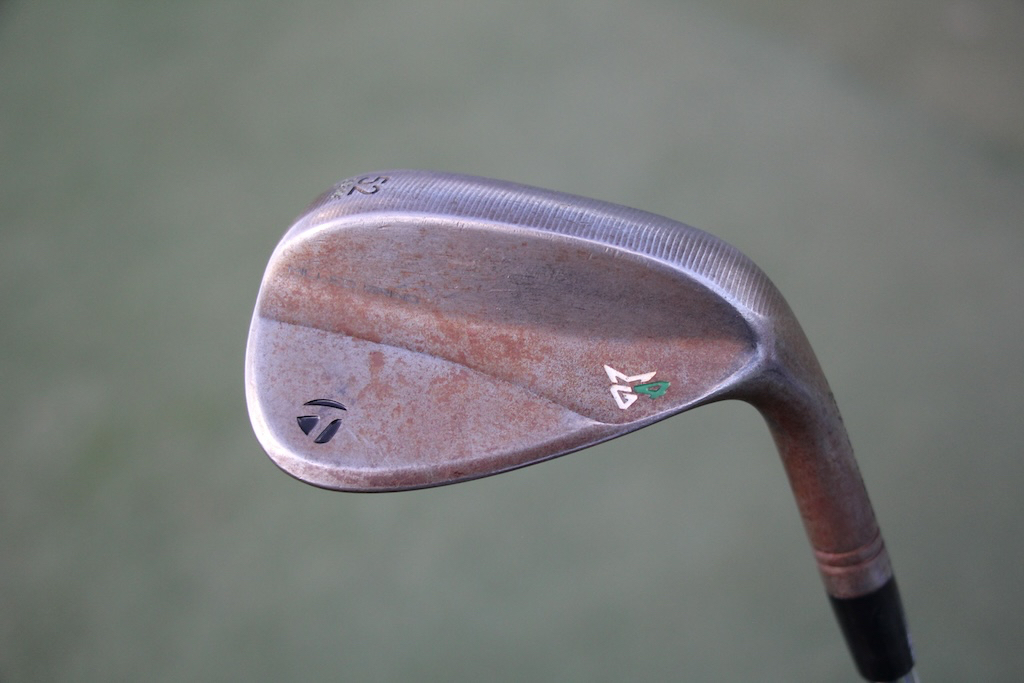
Putter: TaylorMade Spider Ghost S
Grip: Elite
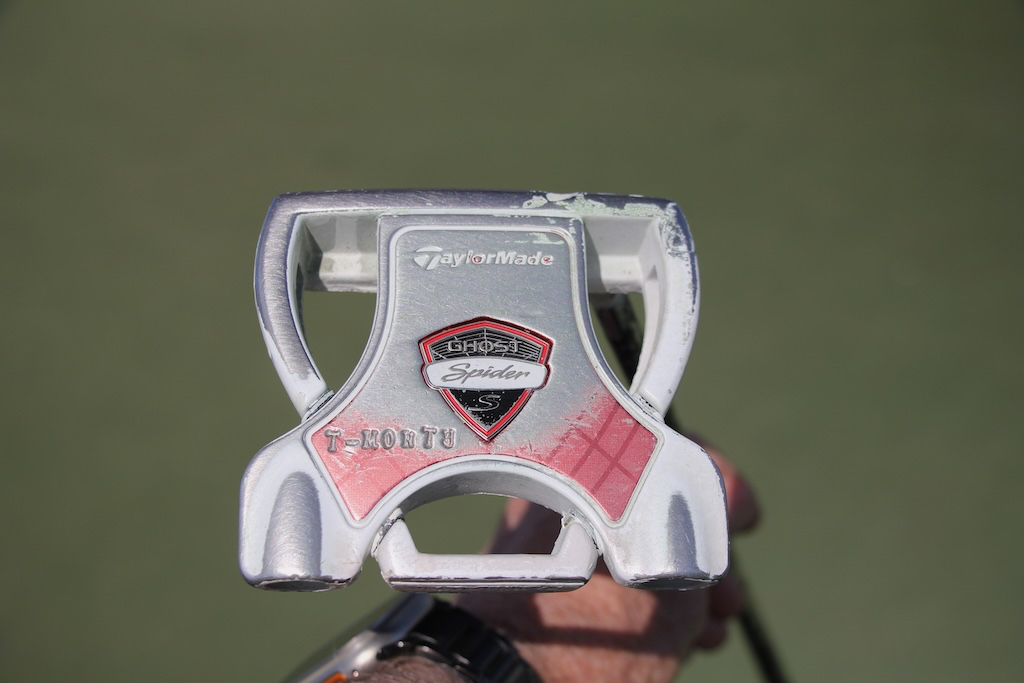
Grips: Golf Pride MCC
- LIKE3
- LEGIT0
- WOW0
- LOL0
- IDHT0
- FLOP0
- OB0
- SHANK0
Whats in the Bag
WITB Time Machine: Paul Casey’s winning WITB, 2019 Valspar Championship
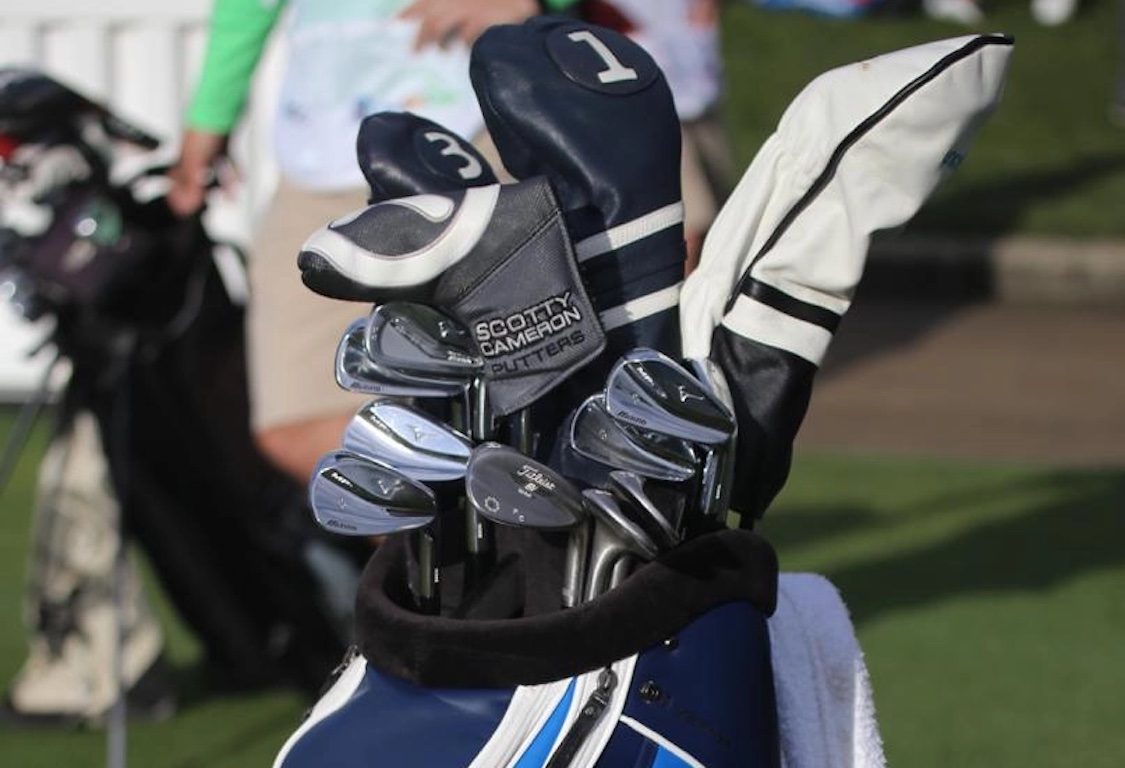
At the 2019 Valspar Championship, Englishman Paul Casey took the trophy at the Copperhead Course for the second year in a row. On a difficult Sunday, Casey’s 1-over 72 was good enough for a one-stroke victory over Louis Oosthuizen and Jason Kokrak as Dustin Johnson faltered.
Check out Casey’s clubs from five years ago below.
Driver: TaylorMade M4 (10.5 degrees)
Shaft: Mitsubishi Diamana D+ Limited 70 TX (tipped 1 inch)
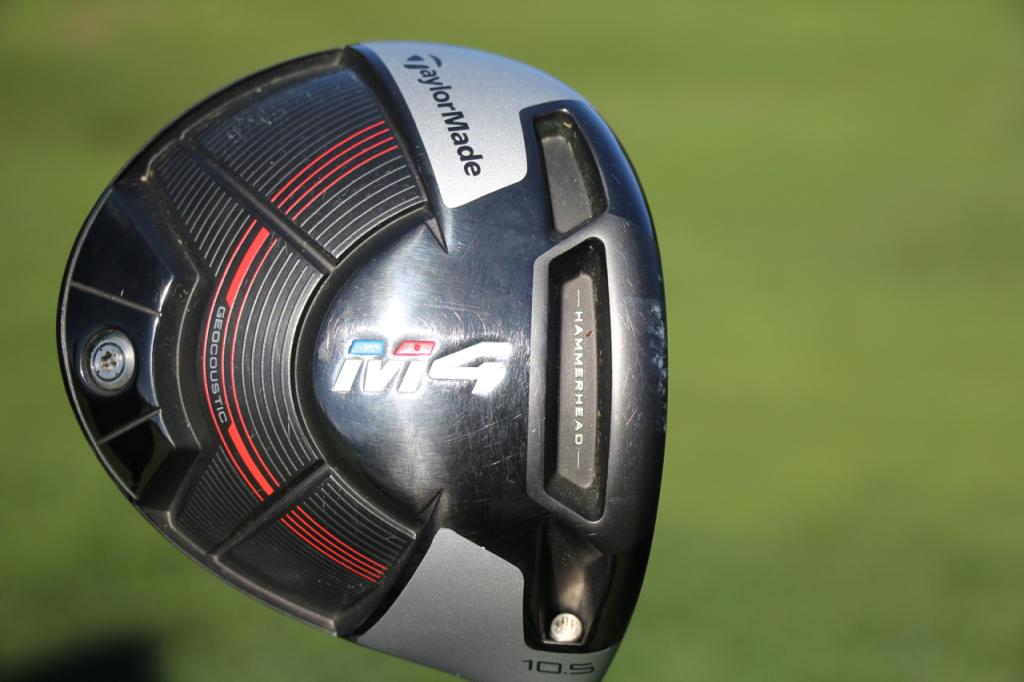
3-wood: TaylorMade M1 (15 degrees)
Shaft: Mitsubishi Diamana D+ 80 TX Limited (tipped 1.75 inches)
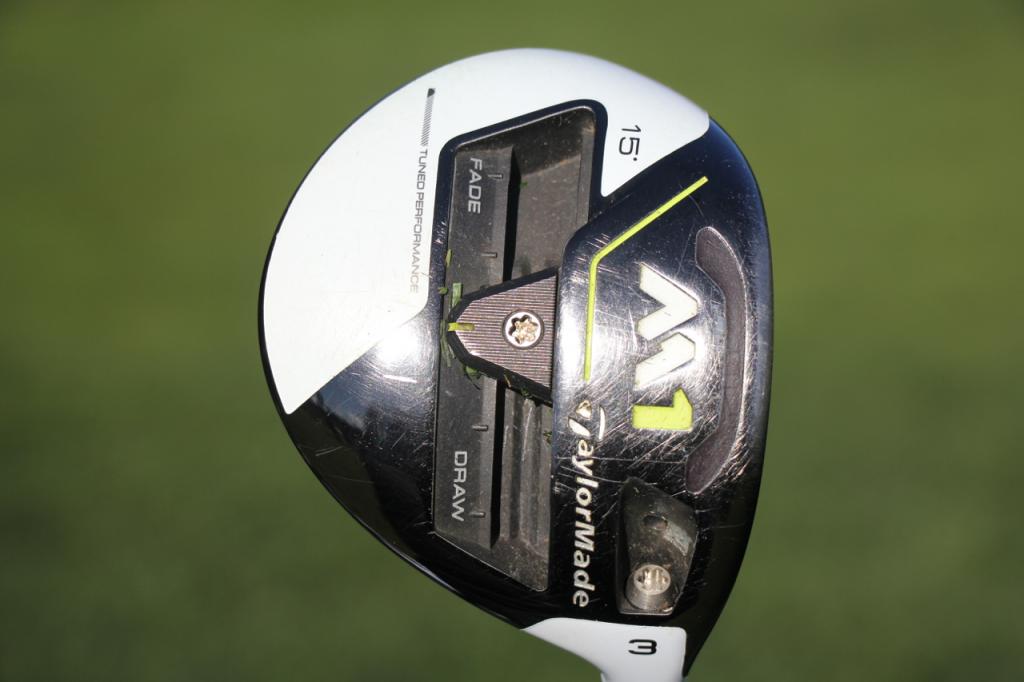
Irons: Mizuno MP-25 (3), Mizuno JPX 919 Hot Metal Pro (4), Mizuno MP-5 (5-PW)
Shafts: Nippon N.S. Pro Modus3 Tour 120 TX
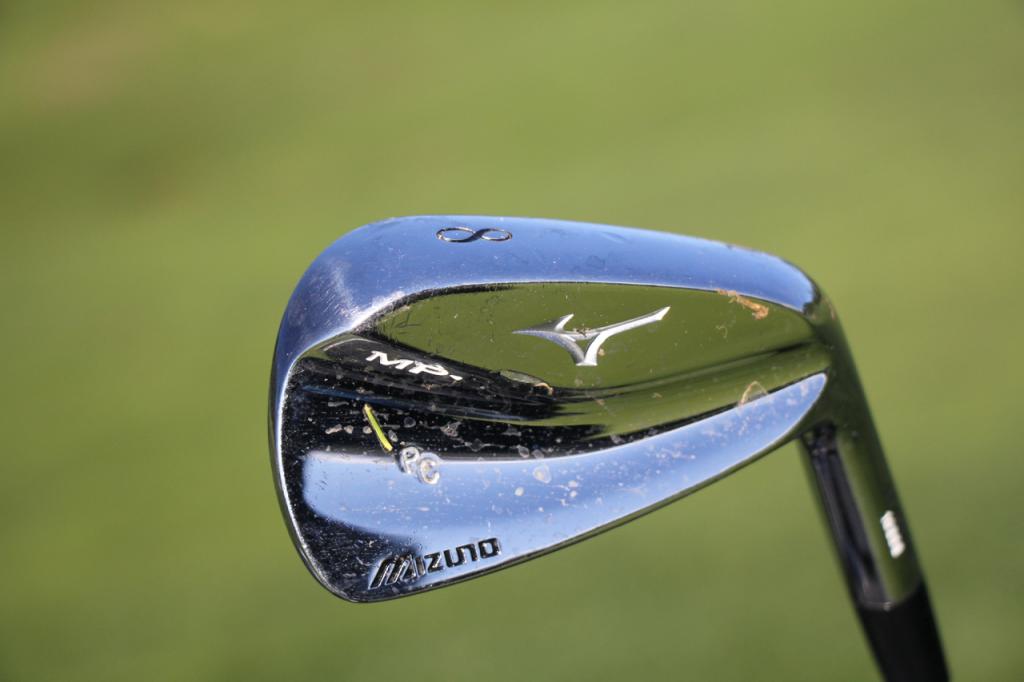
Wedges: Titleist Vokey Design SM7 (52-08F, 56-10S), Vokey Proto (60)
Shaft: Nippon N.S. Pro Modus3 Tour 120 X
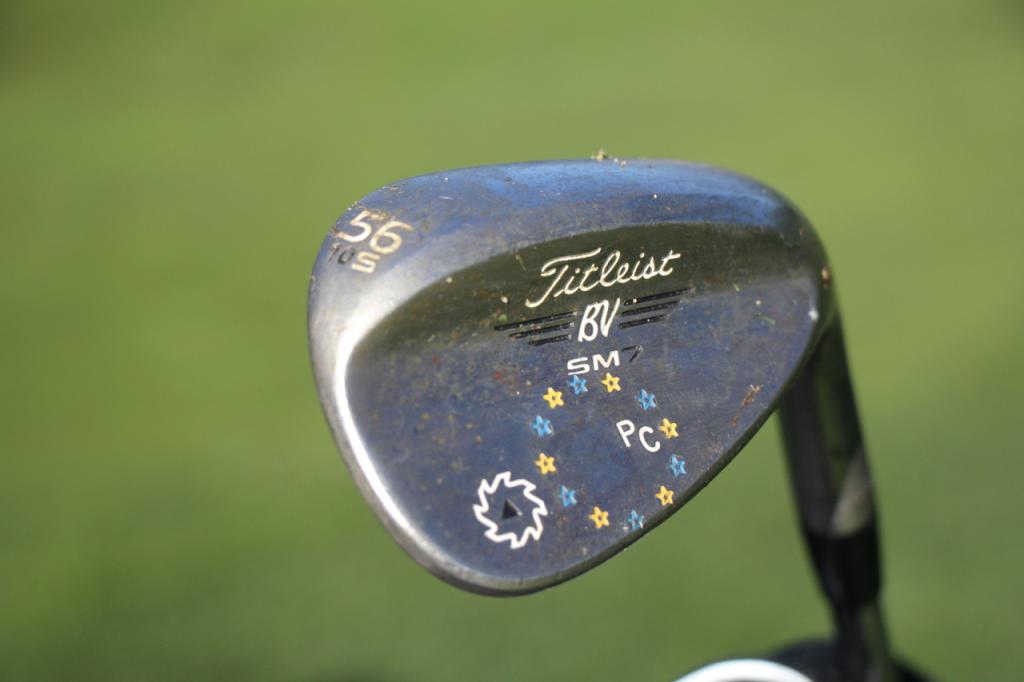
Putter: Scotty Cameron Circle T 350-SSS
Grip: Scotty Cameron Matador
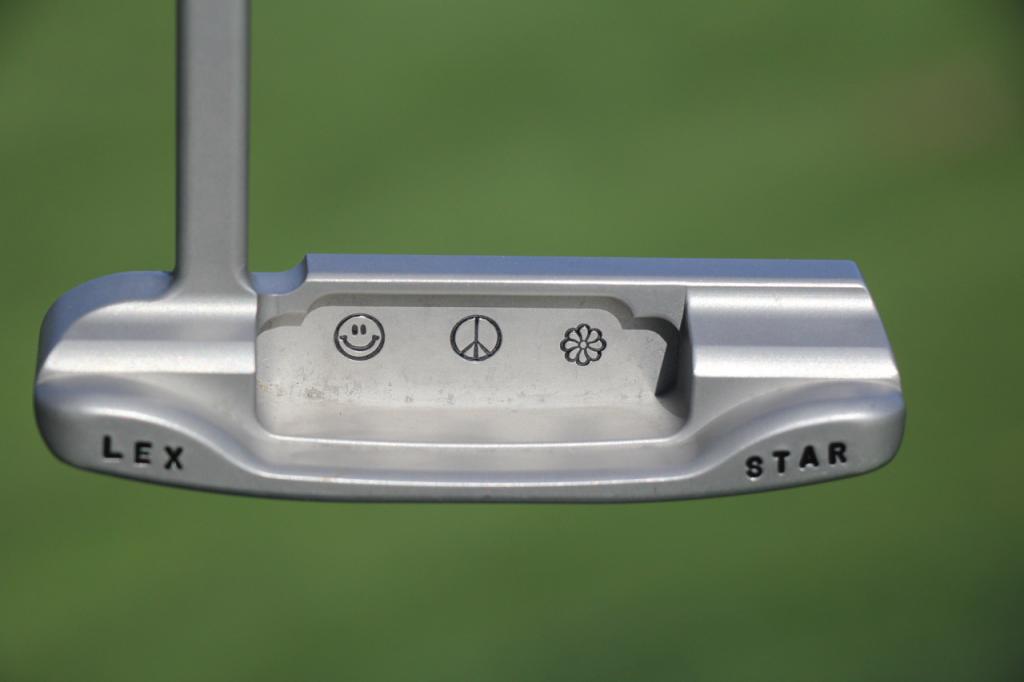
Grips: Golf Pride ZGrip Cord Midsize
Golf Ball: Titleist Pro V1
Mizuno’s Senior Club Engineer, Chris Voshall told us Casey’s somewhat surprising setup in his long irons is simply the product of Casey hitting the windows he wants to with the particular clubs in question.
“It’s all based on the height of the ball flight,” Voshall said. The MP-25 3-iron was more penetrating and better for him off the tee, so he kept it in there.”
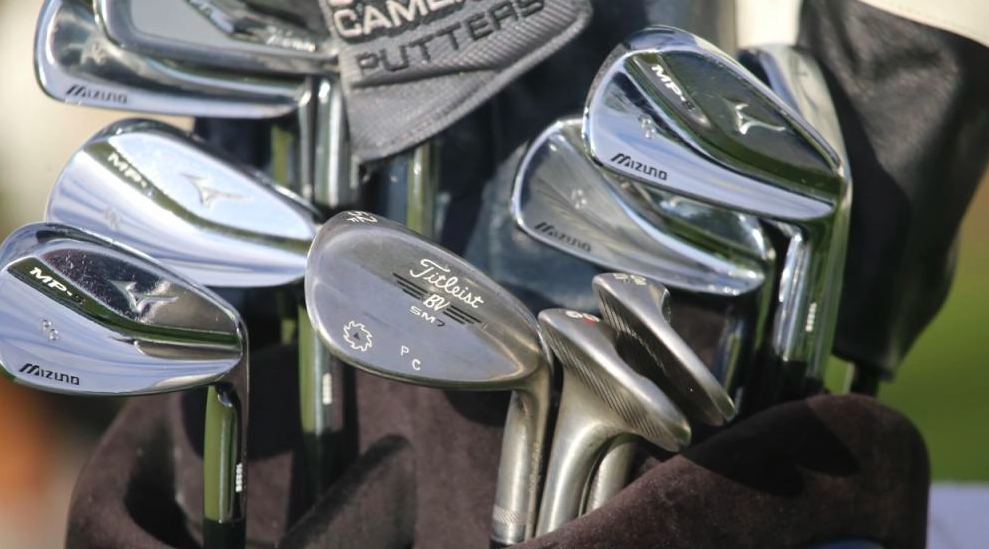
- LIKE3
- LEGIT2
- WOW1
- LOL0
- IDHT0
- FLOP0
- OB0
- SHANK0
-
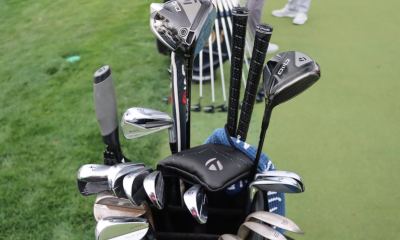
 Whats in the Bag3 weeks ago
Whats in the Bag3 weeks agoScottie Scheffler WITB 2024 (March)
-
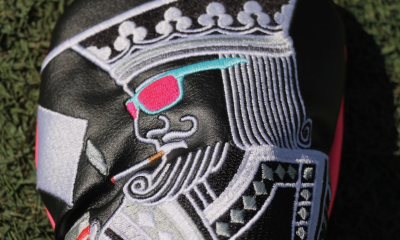
 Tour Photo Galleries3 weeks ago
Tour Photo Galleries3 weeks agoPhotos from the 2024 Arnold Palmer Invitational
-

 19th Hole3 weeks ago
19th Hole3 weeks agoJoaquin Niemann names 3 PGA Tour events he’d love to play each year ‘in a perfect world’
-

 19th Hole3 weeks ago
19th Hole3 weeks ago‘Seems suspect’ – PGA Tour pro hits out at decision to hand Adam Scott and Webb Simpson Bay Hill sponsor exemptions
-
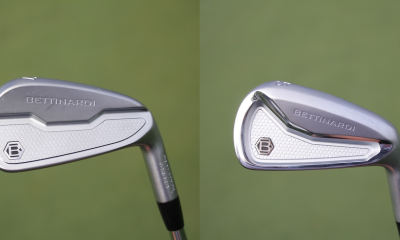
 Equipment3 weeks ago
Equipment3 weeks agoSpotted: Bettinardi irons at the Arnold Palmer Invitational
-

 19th Hole3 weeks ago
19th Hole3 weeks agoPaulina Gretzky opens up on receiving death threats following DJ’s move to LIV Golf
-
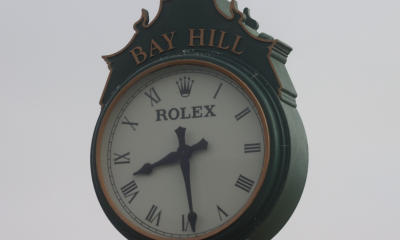
 19th Hole3 weeks ago
19th Hole3 weeks agoVincenzi’s 2024 Arnold Palmer Invitational betting preview: Big names ready to pounce at Bay Hill
-
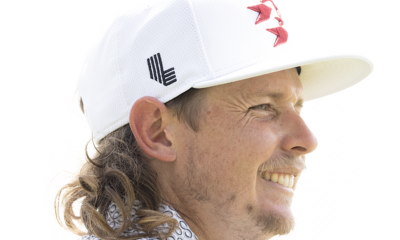
 19th Hole3 weeks ago
19th Hole3 weeks agoVincenzi’s LIV Golf Hong Kong betting preview: Trio of major champs primed for big week












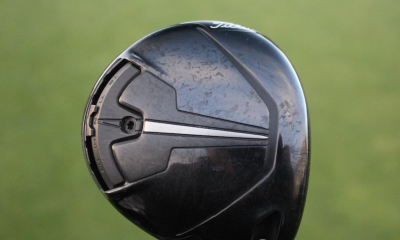

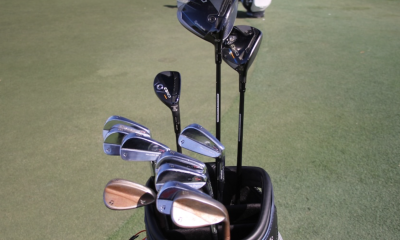

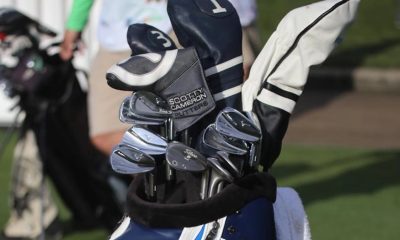

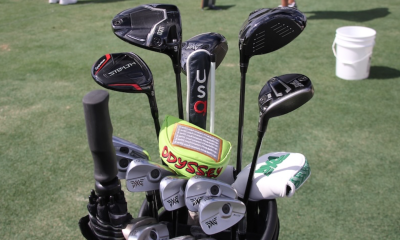

Speedy
Sep 14, 2020 at 11:39 am
Niche. Makes sense for a few amateur cases (seniors, ladies, injuries, etc.). Most need steel.
I’d prefer hickory to graphite for irons, but that ain’t gonna happen. Steel rules.
John
Nov 2, 2020 at 12:29 pm
This has to be one of the most ignorant, clueles and un-informed comments iver ever read on the subject of shafts. Im guessing you are a high handicapper with a scratch mouth.
Rubbish.
Gerry Teigrob
Apr 5, 2021 at 12:03 am
I don’t need steel. I need confidence in my game. Steel doesn’t do that for me!
Craig
Aug 18, 2020 at 3:25 pm
I like the thought of graphite shafts in the irons, I always run into issues with the wedges, either the exact shaft isn’t an option, or the steel options are too light.
Matt Brown
Aug 17, 2020 at 4:54 pm
With having wrist surgery, I just switched to graphite shafts for irons and wedges, to give my joints a break. I don’t know why anyone wouldn’t put these in play. Golf is bad enough on the body, might as well take any advantage you can.
ht
Aug 17, 2020 at 4:26 pm
For a guy with 110-115 mph driver swing (think it’s like 90-94 mph with a 6-7 iron) that wants to tinker, what would someone recommend? Need x-100 specs. Low low
BT
Aug 19, 2020 at 12:57 pm
Recoil Proto 125 F5 OR Steelfiber i125CW S or X.
Jesse
Aug 25, 2020 at 11:20 am
I recently switched to graphite (Fuji Pro 115 TS) after back surgery and couldn’t be happier, once you get over the ego issue (which you will have) they are superior to steel in every way.
geohogan
Aug 25, 2020 at 2:58 pm
Nunchuk Xi, 100 gram shaft, with stiffest tip possible.
Bob Pegram
Aug 17, 2020 at 3:23 pm
The specs of graphite shafts can vary a lot more than the specs of steel shafts – bend point, weight distribution, amount of torque, total weight, etc. That is intentional. That makes using a good club fitter with FlightScope, Trackman, etc. more important. I used Dynalite Gold X-100 shafts on blades for a long time. They worked great, but somebody stole my clubs. I eventually found the same heads on Ebay, but they had Dynamic Gold S400 shafts – too heavy. My distances shrank. I switched to X-flex graphite shafts and got my distances back. They also mute the shock of impact. I now use longer length irons (+1.5 inches) with forged cavity back heads. Without graphite they would be way too heavy. They work great. The longer lengths take the stress off my old inflexible back. I hit the ball the same distances I did with the Dynalite shafts 20 years ago.
Trevino
Aug 16, 2020 at 5:09 pm
The future of golf is $65 a shaft.
Ben Hogan
Aug 17, 2020 at 10:29 am
And $400 putter shafts
Sam
Aug 16, 2020 at 4:24 pm
Then why don’t the pros use graphite shafts in their irons.
This is the beauty of golf. What works for one won’t work for everyone else.
I’ve tried my dad’s graphite shafted irons and just nope.
Steel for me untill I’m older probably. Each to their own.
Also, 200 yard 6 iron, that sounds like taking the fun pit of golf.
Reid Thompson
Aug 17, 2020 at 8:46 am
Re : Pros – Its going to take some some time for generatiosn to grow up with it. If a guy has 30 years of success with an x100, there is a mental component too. Its very expensive to put a graphite shaft set in a kid’s set.
Dads Graphite – These are potentially not your dad’s graphite. The progress made in just the last couple years is insane. The strength to weight ratio and consistency of graphite vs steel is a joke. There’s no comparison and graphite allows you to put weight where you want it. For a price.
Bob Pegram
Aug 17, 2020 at 3:27 pm
A few touring pros do use graphite shafts in their irons – Brandt Snedeker, Matt Kuchar, sometimes others.
Eric
Aug 19, 2020 at 8:41 am
Abraham Ancer
MIKE
Sep 4, 2020 at 11:24 am
Look at some of the pro’s longer (& driving) irons, more are graphite than you think. Every hybrid I’ve seen on the PGA/LPGA & Champions tour is graphite. The quality of graphite shafts has changed dramatically over the past decade. I never thought I’d go graphite but except for my SW & LW, I’m all in now.
Gerry Teigrob
Apr 5, 2021 at 12:06 am
Actually Rickie Fowler, Bryson deChambleau, Matt Kuchar among others play graphite shafts. Checked what’s in their golf bag lately?
JRube
Aug 16, 2020 at 9:25 am
You’re also hitting a ball in the mile high air of Denver versus Florida….
Matt
Aug 16, 2020 at 2:47 pm
Next article “low density air is the future of golf”
Stay puft
Aug 16, 2020 at 5:07 am
So why have we always seen graphite costing so much more? This isn’t new. This conversation is at least 30 years old! One question mark I’d have and maybe this is more relevant to a better player is weight. I’d have thought steel shafts can get to a heavier weight without as much engineering naturally. So for players that need a stiffer and heavier shaft, perhaps this is why steel is still in use after this talk track for the last 20-30 years.it doesn’t need thick walls to get to weight and what’s the impact of having thicker walls in shafts for an iron? What differences do you feel or see in performance. Graphite in irons hasn’t caught on for a reason. It’s likely down to more than a single factor like cost or weight, torque or feel. Whatever it is, I don’t see it happening anytime soon.
geohogan
Aug 25, 2020 at 6:02 pm
A heavier (100 gram), stiffer graphite shaft is found in Nunchuk for woods and irons.
The butt is made stiffer with thicker wall, which also counter balances the shaft
just as hickory shafts were naturally counterbalanced.
RGoulart
Aug 15, 2020 at 2:49 pm
From a technology standpoint I can see how graphite is, even now, better than steel. OEMs are able to achieve with much higher accuracy the profile a player needs. However, cost is “steel” a major factor when making a purchase. I am sure OEMs will figure out a way to make them cheaper in the long term, but at the moment I cannot see it being adopted by the average golfer.
Bib
Aug 15, 2020 at 9:47 pm
A graphite shaft costs a manufacturer like 6 bucks to make .steel is something like a dollar. How much cheaper does it need to be?
Mike
Aug 16, 2020 at 10:10 pm
Not sure if I’m getting the gist of the comment, but in the last two iron sets I purchased, graphite OEM stock shafts were $10 more each. I bought six irons both times, That’s 60 bucks more each purchase. That $60 was irrelevant to me in terms of buying a new set of irons